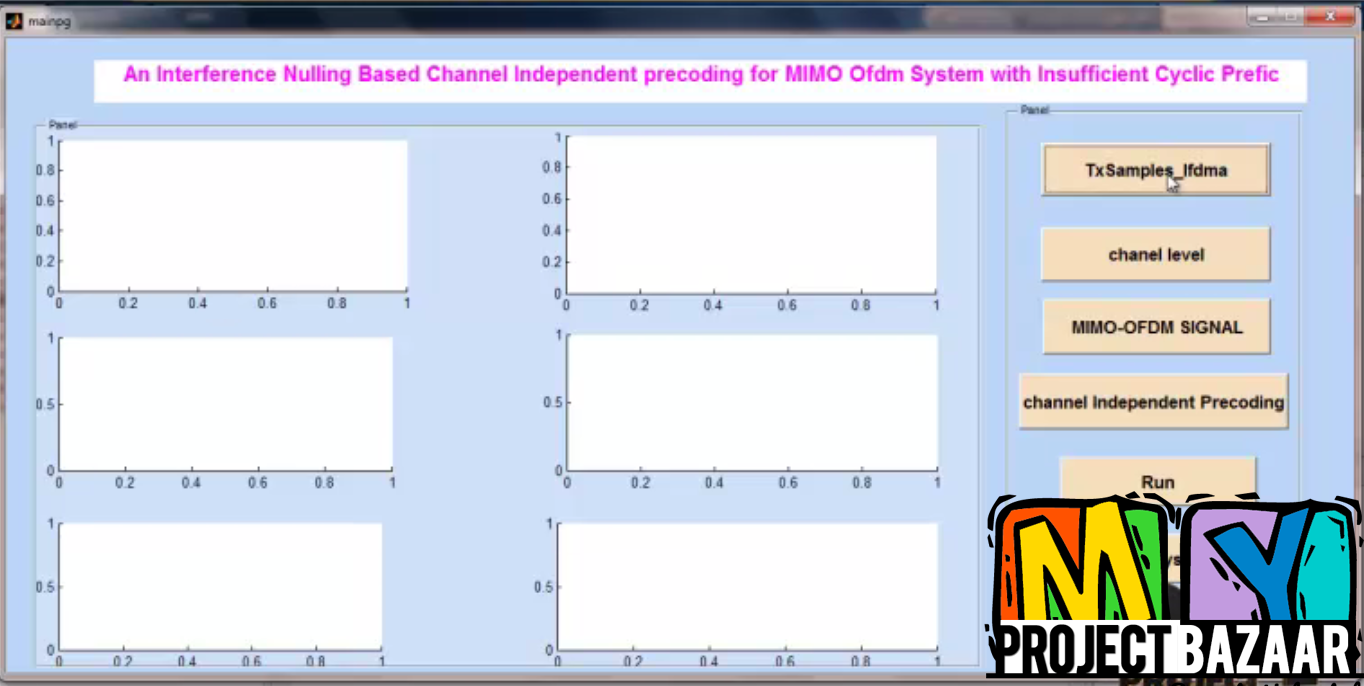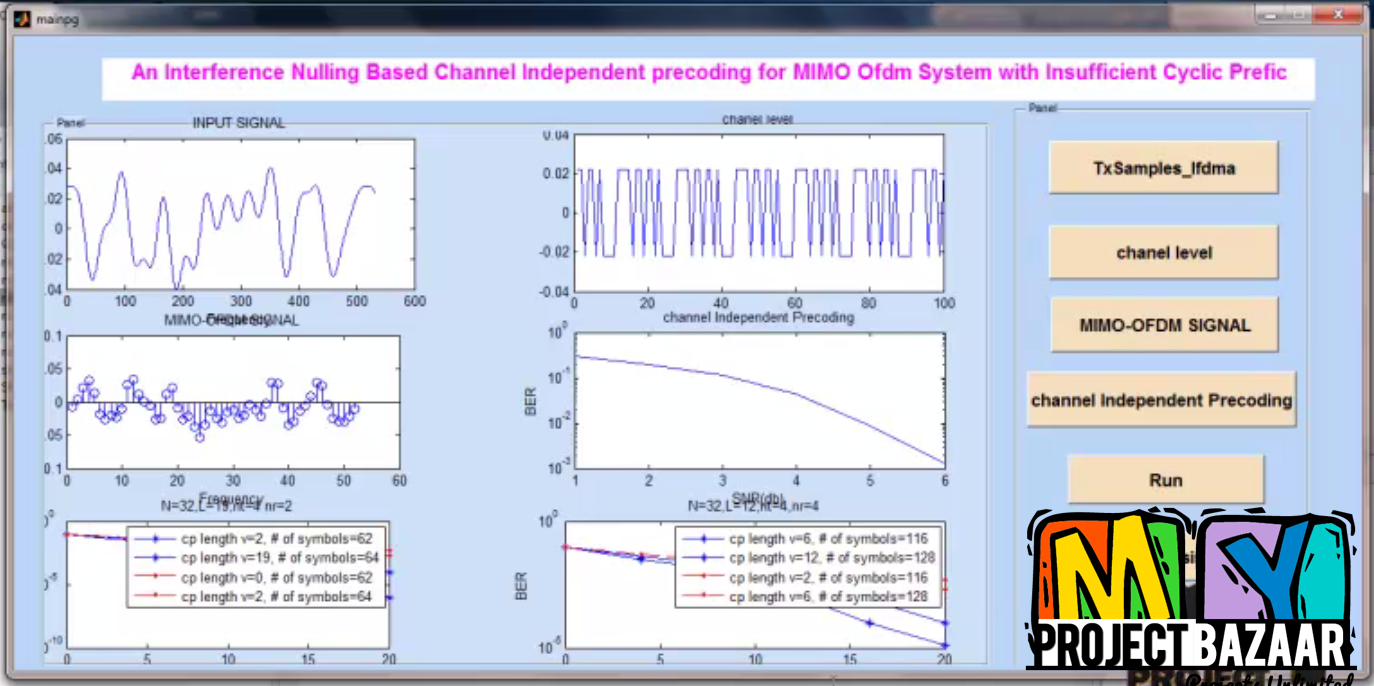
Energy-Efficient Configuration of spatial and frequency Resources in MIMO_OFDMA Systems
Product Description
Energy-Efficient Configuration of spatial and frequency Resources in MIMO_OFDMA Systems
Abstract—we investigate adaptive configuration of spatial and frequency resources to maximize energy efficiency (EE) and reveal the relationship between the EE and the spectral efficiency (SE) in downlink multiple-input-multiple-output (MIMO) orthogonal frequency division multiple access (OFDMA) systems. We formulate the problem as minimizing the total power consumed at the base station under constraints on the ergodic capacities from multiple users,< Final Year Project > the total number of subcarriers, and the number of radio frequency (RF) chains. A three-step searching algorithm is developed to solve this problem. We then analyze the impact of spatial-frequency resources, overall SE requirement and user fairness on the SE-EE relationship. Analytical and simulation results show that increasing frequency resource is more efficient than increasing spatial resource to improve the SE-EE relationship as a whole. The EE increases with the SE when the frequency resource is not constrained to the maximum value, otherwise a tradeoff between the SE and the EE exists. Sacrificing the fairness among users in terms of ergodic capacities can enhance the SE-EE relationship. In general, the adaptive configuration of spatial and frequency resources outperforms the adaptive configuration of only spatial or frequency resource.
Including Packages
Our Specialization
Support Service
Statistical Report

satisfied customers
3,589
Freelance projects
983
sales on Site
11,021
developers
175+Additional Information
| Domains | |
|---|---|
| Programming Language |
















